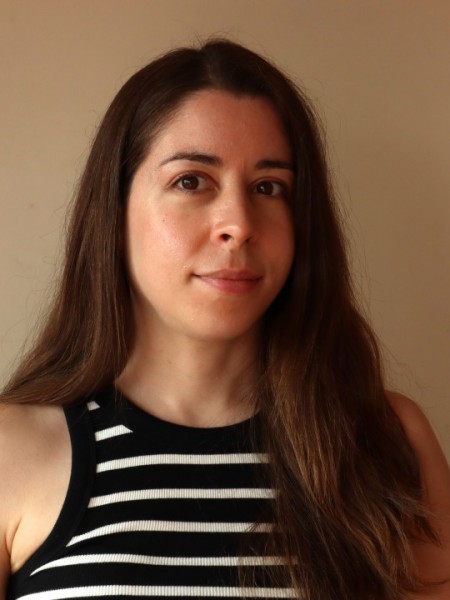abstract
Sewage sludge (SS) is a global environmental, social, and economic problem that requires a sustainable management approach. Still, the production of other industrial wastes, such as lime mud (LM), has recently gained considerable attention to avoid landfilling. This work aims to present a new approach for converting SS and LM into value-added products within the circular economy perspective. In particular, the effect of LM and calcined lime mud (CLM) as drying adjuvants and SS sanitation agents are investigated. Two out of three SS samples show Escherichia coli contamination above the Portuguese limit established for soil application, while no Salmonella spp. was detected in the searched samples. The addition of CLM to SS in a ratio between 0.05 and 0.15 g CLM/ gwb, lead to complete elimination of the microbiological contamination in almost all cases. Contrarily, the use of LM does not seem efficient to act as a sanitation agent. Both LM and CLM show a positive impact on the drying process when compared to the raw SS, increasing the drying rate, and reducing the drying time. The most favourable drying conditions to maximize the drying rate and minimize the drying time (until 30% of moisture) are 130 degrees C, 0.15 g adj/gwb, and 2.5 mm of plate thickness. The thermal treatment (100 and 130 degrees C) without adjuvants reduces the microbiological contamination below the legal limit. Overall, a beneficial effect is observed by adding CLM to SS, open the possibility of producing a safer organic soil improver.
keywords
FOREST; CAO
subject category
Environmental Sciences
authors
Santos, AF; Vaz, TE; Lopes, DV; Cardoso, O; Quina, MJ
our authors
acknowledgements
This work was developed under the project 'Dry2Value - Estudo e desenvolvimento de um sistema de secagem para valorizacao de lamas. Project consortium with HRV e BioSmart - Solucoes Ambientais. POCI01-0247-FEDER-033662. Funded by Fundo Europeu de Desenvolvimento Regional (FEDER) - Programa Operacional Competitividade e Internacionalizacao. D.V. Lopes acknowledges her grant BI/UI50/9051/2020 from SIDERWIN European project and CICECO-Aveiro Institute of Materials.


